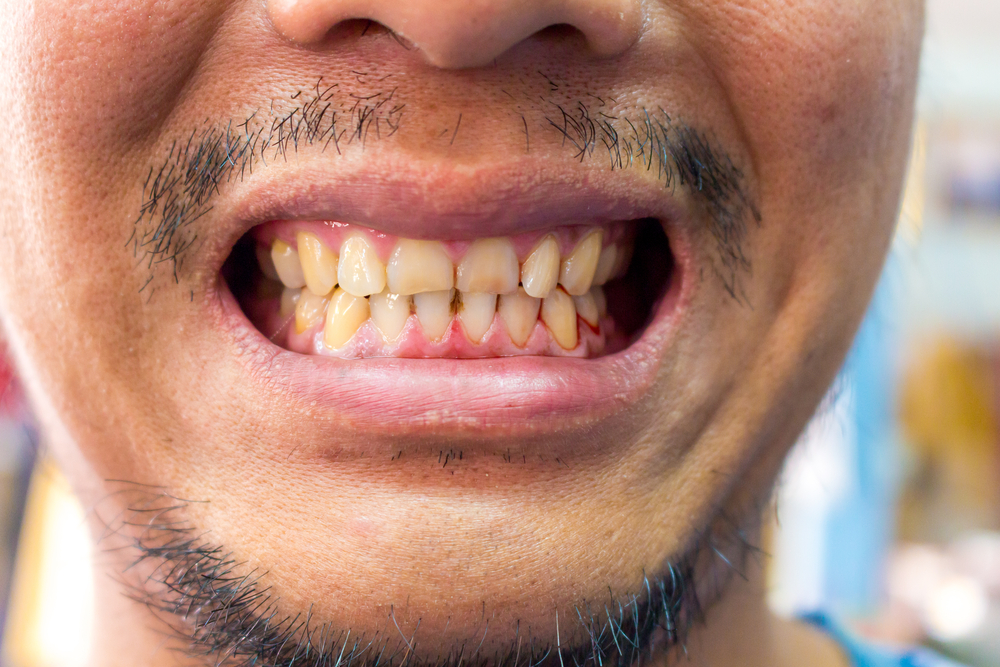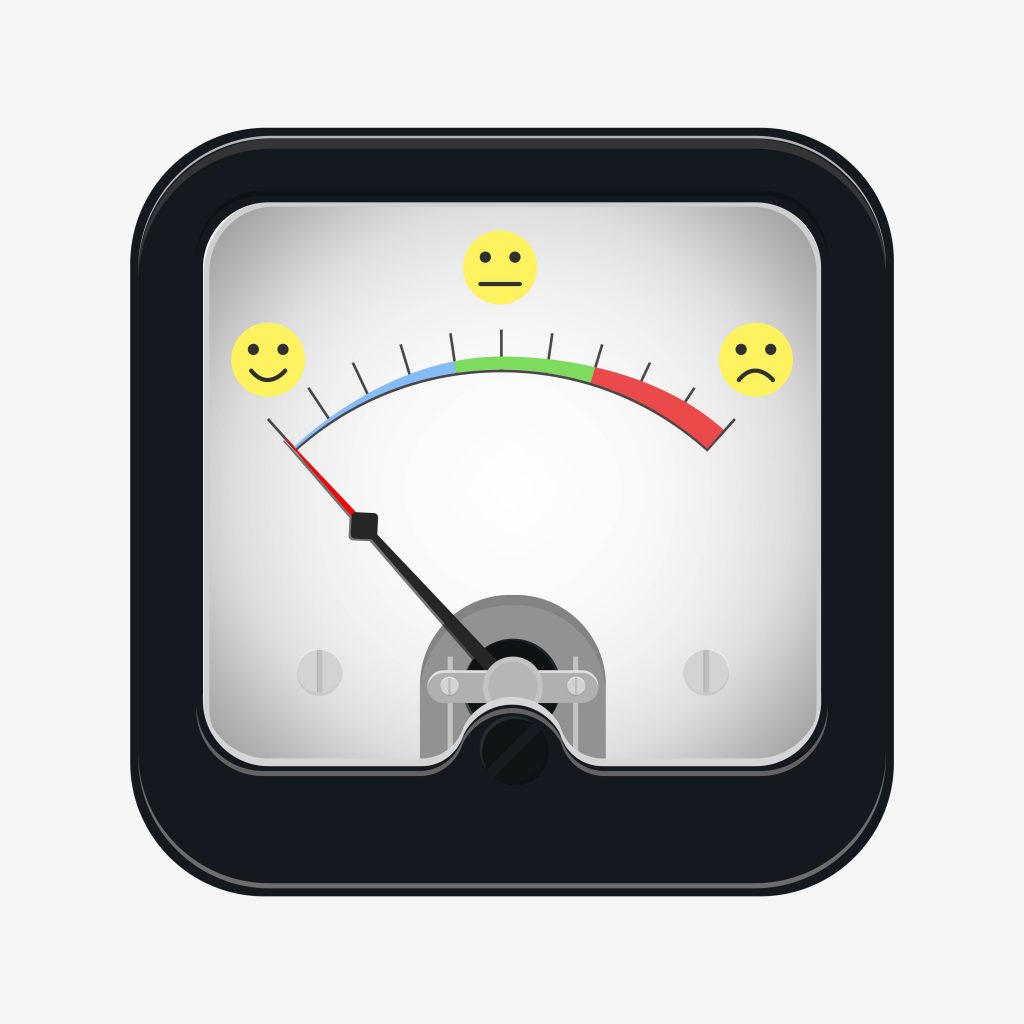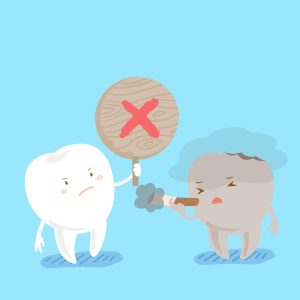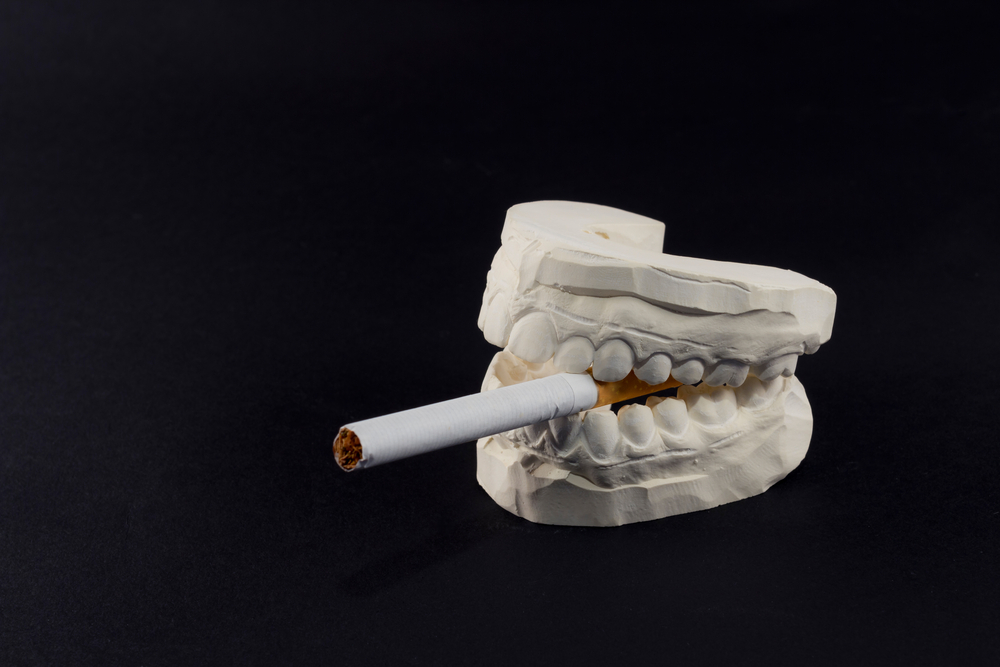In the United States, there will be approximately 54,000 cases of oral and oropharyngeal cancers diagnosed in 2017. 13,500 people will lose their lives to this disease. Oral cancer typically has a higher death rate than other cancers like cervical, testicular, thyroid, and Hodgkins. Why is it so deadly and what can we do about it?
The main reason oropharyngeal cancer is so deadly is because it is often caught after it has spread, making treatment success more difficult! You will hear it several times, but early detection is crucial! Also, oropharyngeal cancer has a high likelihood of recurring. Now, what can we do about it? Let’s get a little understanding of this disease, learn what it looks like, and learn how to find and treat it early!
What is Oral Cancer?
Oral cancer or oropharyngeal cancer (includes tissues of the base of the tongue, tonsils, soft palate and walls of the throat), is the largest part of a group of cancers collectively referred to as Head and Neck Cancers. Oropharyngeal cancer makes up 85% of this group of cancers.
What are the Risk Factors for Oropharyngeal Cancer?
There are a variety of known risk factors for developing Oropharyngeal Cancer. Knowing that you are at risk can really help with early detection. Talk to your dentist about your risk factors. We can break them down into some basic categories.
General
- Gender – Men are at twice the risk as women
- Age – most patients are over the age of 40. This number is beginning to lower with more HPV-16
- Sun Exposure
- Previous oropharyngeal cancer diagnosis
- These cancers have a high risk of producing other tumors
- Patients who survive a first round have a 20 times higher risk for developing another tumor. This risk can last up to 10 years after the first cancer appears!
Genetics
- Fanconi Anemia – people who have this genetic disorder have a 500% increase in risk of developing oropharyngeal cancer
- Dyskeratosis Congenita
Lifestyle Factors
We have all heard it. Smoking is bad for you. Paired with heavy drinking, it is devastating to the oral tissues.
- Tobacco Use -80% of people diagnosed with oropharyngeal cancer use tobacco
- Cigarettes
- Chewing tobacco
- Snuff
- How long tobacco is used and how often it is used impact the likelihood of developing oropharyngeal cancer
- Alcohol – 70% of those diagnosed with oropharyngeal cancer are heavy drinkers
Did you know that the risk of developing oropharyngeal cancer increases by 100% if you are a drinker and a smoker?
- Betel nut – betel quid is used mostly in southeast asia
Other Factors
- Human Papilloma Virus (HPV) is a group of about 100 viruses that are similar in nature. Of these HPV-16 has shown to have a strong link to oropharyngeal cancer. HPV is the virus responsible for cervical cancers.
- HPV can be transmitted through oral sex and other behaviors and is found more often in men
- 25% of people with HPV oral cancers are infected with same strain as cervical cancer
- HPV-16 more serious risk for back of mouth cancers
- Base of tongue
- Tonsillar pillar area
- Tonsils
- Overtaking tobacco as leading cause of oropharyngeal cancers
- Immune System Suppression
- Lichen Planus – an autoimmune process that is associated with changes in the mouth
- Graft v. Host disease
Unproven Risk Factors
There are ongoing studies about some other factors. As of yet, there have been no definitive links made, but research continues.
- Mouthwashes high in alcohol
- E-cigarettes – due to presence of carcinogens
- Irritation from dentures – due to prolonged inflammation and due to trapping tobacco or alcohol and holding them close to tissues
In addition to the risk factors, there are group of benign growths and tumors that have the potential to develop into oropharyngeal cancers. When your dentist performs your oral cancer exam, they will be looking for these other types of growths, too.
What are the Types of Oropharyngeal Cancer?
There are several different types of oropharyngeal cancer that are classified on tissue type.
- Squamous Cell Carcinoma – accounts for 90% of oral cancers. This cancer affects the flat cells that line the inside of the cheeks, lips, and throat.
- Lip – can be basal cell on outer lip
- Verrucous Carcinoma – making up 5% of oropharyngeal cancers
- Slow growing
- Looks wart-like
- Rarely spreads to other parts of the body, although it can spread within the mouth
- Minor Salivary Gland Carcinomas
- Adenoid Cystic Carcinoma
- Mucoepidermoid Carcinoma
- Polymorphous Low Grade Adenocarcinoma
- Lymphomas – oral cancers that develop in lymph tissues of tonsils and base of tongue
What are the Signs and Symptoms of Oropharyngeal Cancer?

The American Cancer Society recommends a self exam once a month to look for signs and symptoms of oral cancer. In addition, your dentist will perform an oral cancer exam at your cleaning visits every 6 months. Remember, early detection is the key!
Oropharyngeal cancers appear most commonly in the following places
- Floor of the mouth – under the tongue
- Base of tongue
- Lower lip
- Side of the tongue
- Roof of mouth
- Back of throat
Signs and Symptoms
- Red or white patches
- Blue lesions
- Sores that bleed often
- Any non-healing sore that lasts more than 2 weeks
- Changes in color or consistency of tissue
- Ulcers that last more than 2 weeks
- Hard knots or thickenings of cheek or lips
- Loose teeth
- Poorly fitting dentures
- Change in bite
- Tongue pain
- Jaw pain
- Pain or difficulty swallowing
- Pain or difficulty chewing
- Feeling that something is caught at back of throat
- Changes in voice, hoarseness
- Sore throat
- Numbness of teeth, tissue, or tongue
Red and White lesions
Did You Know:
The two most common lesions are red (erythroplakia) and white (leukoplakia). The names are just used to describe the color of an unidentified lesion. 25% of white lesions that last more than 2 weeks are cancerous or will become cancerous. 70% of red lesions lasting more than two weeks are cancerous or will become cancerous.
To Sum it up:Once a month, look under your tongue, on the sides of your tongue and your lower lip for the most common places to find oral cancer. Look for red, white, and blue lesions. Note any bumps or changes. Open up and say, “Ahhh!” Check out those tonsils and the back of your throat, too! A team approach to your oral health will catch things in their earliest stage!
How is Oropharyngeal Cancer Diagnosed?
One of the things that make Oropharyngeal cancer so deadly is the fact that it is easily overlooked. Many of the early lesions are painless. Often, the diagnosis is made after the disease has spread. When this happens, the survival rate goes down substantially.
Diagnosis depends on the how, where, and at what stage the cancer is found. For example, say you notice an ulcer on the side of your tongue and it hasn’t gone away for over two weeks. If you get in to see your dentist right away, a diagnosis may be made with an non-invasive brush biopsy. If, however, you discover a lymph node in your neck, the diagnosis will likely be made surgically.
- Brush Biopsy of small superficial lesions or spots
- Scaplel Biopsy of larger or deeper findings
Your dentist may refer you to a specialist for biopsy depending on the appearance and location. Some dentists refer all biopsies. If the biopsy indicates the presence of cancer, usually a series of images will be taken. These may include CT, PET, and other scans. Your diagnosis may take several days.
Part of your diagnosis will include staging the disease. We’ve all heard people talk about Cancer staging. Let’s take a closer look at how it’s done and what it really means.
TNM System of Staging

TNM system of Staging is a useful way of describing the stage of the disease. In this system there are three things that are assessed:
- T stands for Tumor
- N stands for Nodes (as in lymph nodes)
- M stands for Metastasis or spread to other areas of the body
Then, each of these letters is assigned a number between 0-4 with increasing severity. So, a T1, for example, is less severe than a T2. Got it? When an X is assigned, that means it is unknown or unable to be assessed. Let’s take a look at what that means.
- T0 – that means there is no tumor (easy enough!)
- T1 – there is a tumor and it is smaller than 2 cm
- T2 – there is a tumor and it is between 2 and 4 cm
- T3 – there is a tumor and it is bigger than 4cm
- T4
- T4a – tumor has spread into nearby structures like bones of jaw, face, deep muscles
- T4b – tumor has grown through structures. Very advanced local disease
So, you can see that with a quick look, the existence and size of the tumor can be easily known.
Let’s move on to the next component.
- NX – unknown, unable to assess nodes
- N0 – no lymph nodes affected by disease
- N1 – One node affected on same side as tumor and it is smaller than 3cm
- N2
- N2a – 1 node affected on the same side and it is between 3-6cm
- N2b – 2 or more nodes affected on the same side and they are under 6cm
- N2c – 1 or more nodes on both sides smaller than 6cm
- N3 – any node larger than 6cm
And finally, Metastasis.
- M0 – no spread of disease to distant sites of the body (lung, brain, etc)
- M1 – spread of disease to distant sites of the body
When the diagnosis is made, it may look like T1N1M0 and that would mean there is a single tumor with one node affected on the same side the tumor was found. A T3 N2a M0 would mean there is a tumor larger than 4cm with an affected node on the same side that is between 3 and 6cm with no spread to distant sites.
How is Oropharyngeal Cancer Treated
Once your diagnosis is made, your team, which will come up with a treatment plan specific to your particular type of cancer and the stage at which it is found. In many cases, a team approach is used. That means your team may consist of an oral and maxillofacial surgeon or an ENT, an Oncologist, a Radiologist, etc.
What is the Survival Rate for Oropharyngeal Cancer?
The survival rate for Oropharyngeal Cancers have not changed much over the decades. Early detection continues to be a challenge! Regular dental visits are a vital part of your overall health. Your dentist is trained to spot changes early and to intervene as soon as possible. Consider this–overall, the 1 year survival rate for oropharyngeal cancer is 81%.
- 81% for 1 year
- 57% for 5 years
- 41% for 10 years
How Can I Prevent Oropharyngeal Cancer?

Now that we are familiar with the risk factors, such as tobacco, alcohol use, and HPV-16, and we know that oral cancer exams are vital to detecting oropharyngeal cancer early, is there anything else we can do? Here are some tips to minimize your risks:
- Routine self checks
- Limit sun exposure
- UVA/B lip balm
- Limit mouthwash
- Quit tobacco use
- Quit e-cigarette use
- Drink in moderation
- Healthy diet
- Fruits
- vegetables
Things to Remember about Oropharyngeal Cancer
Oropharyngeal cancer is a dangerous cancer because it often goes undetected until it has spread. Red, white, and blue lesions should be reported to your dentist ASAP. A healthy diet and good habits will minimize your risk. Your dentist is your first line of defense in early detection. Overdue for a visit? Make an appointment today!

